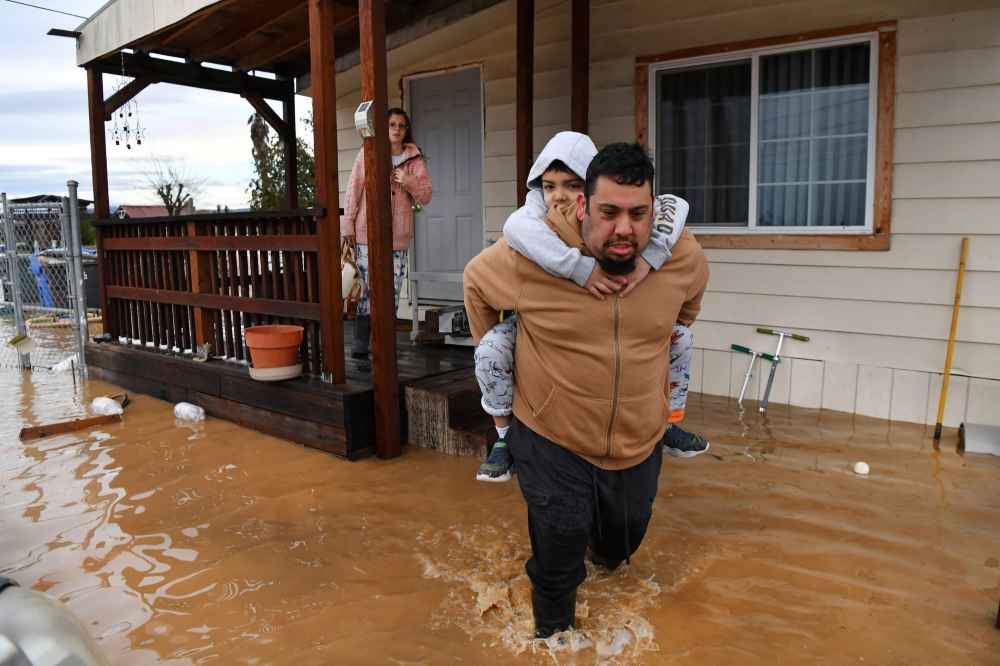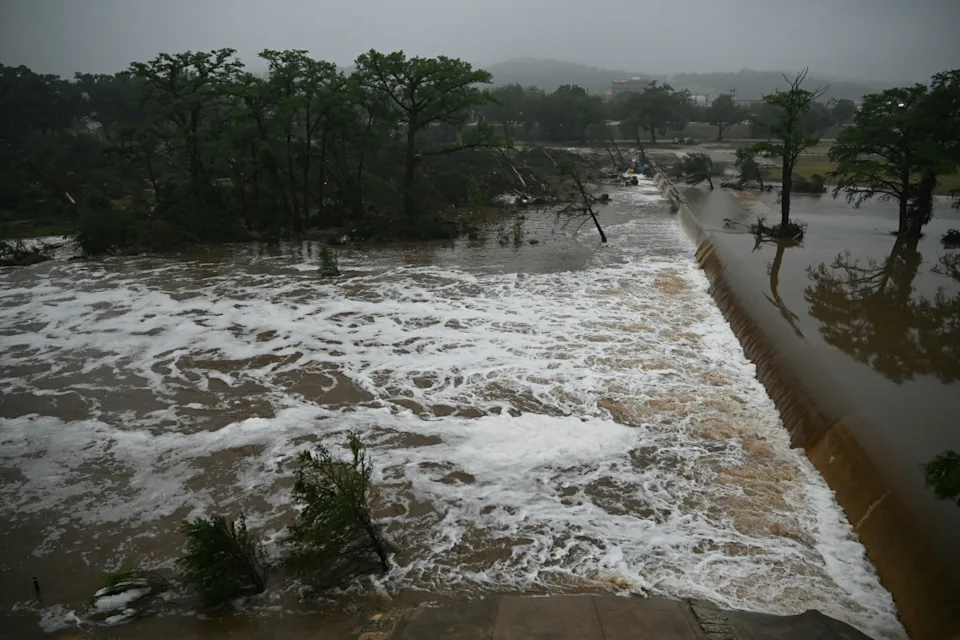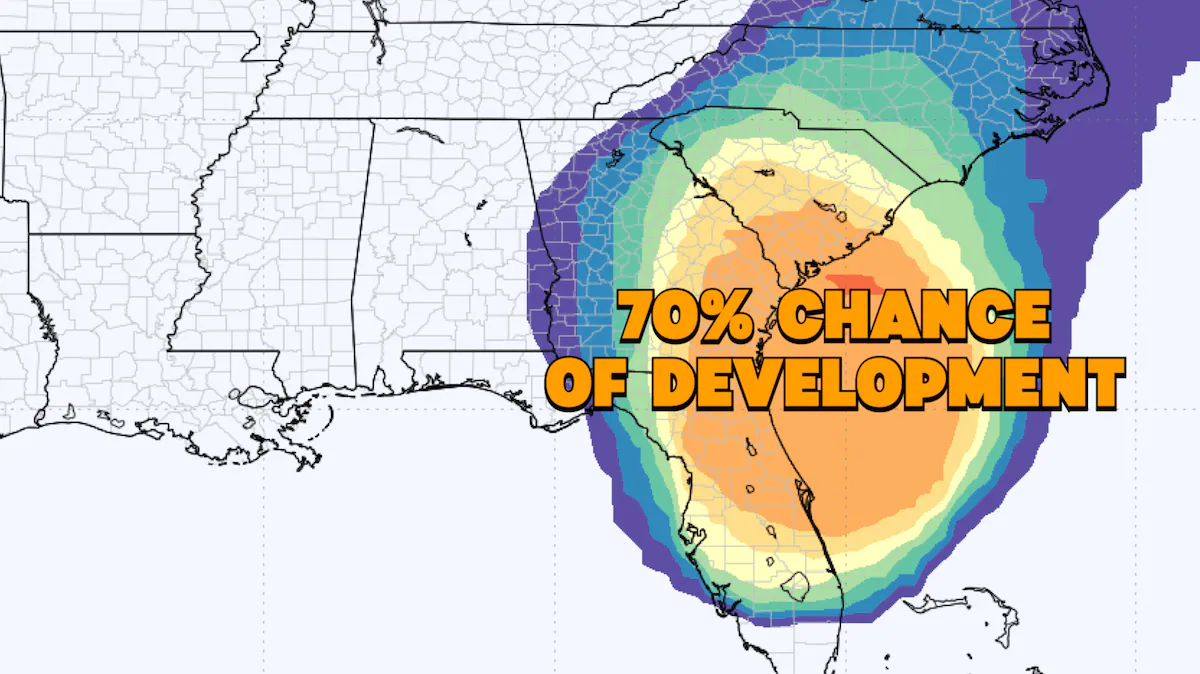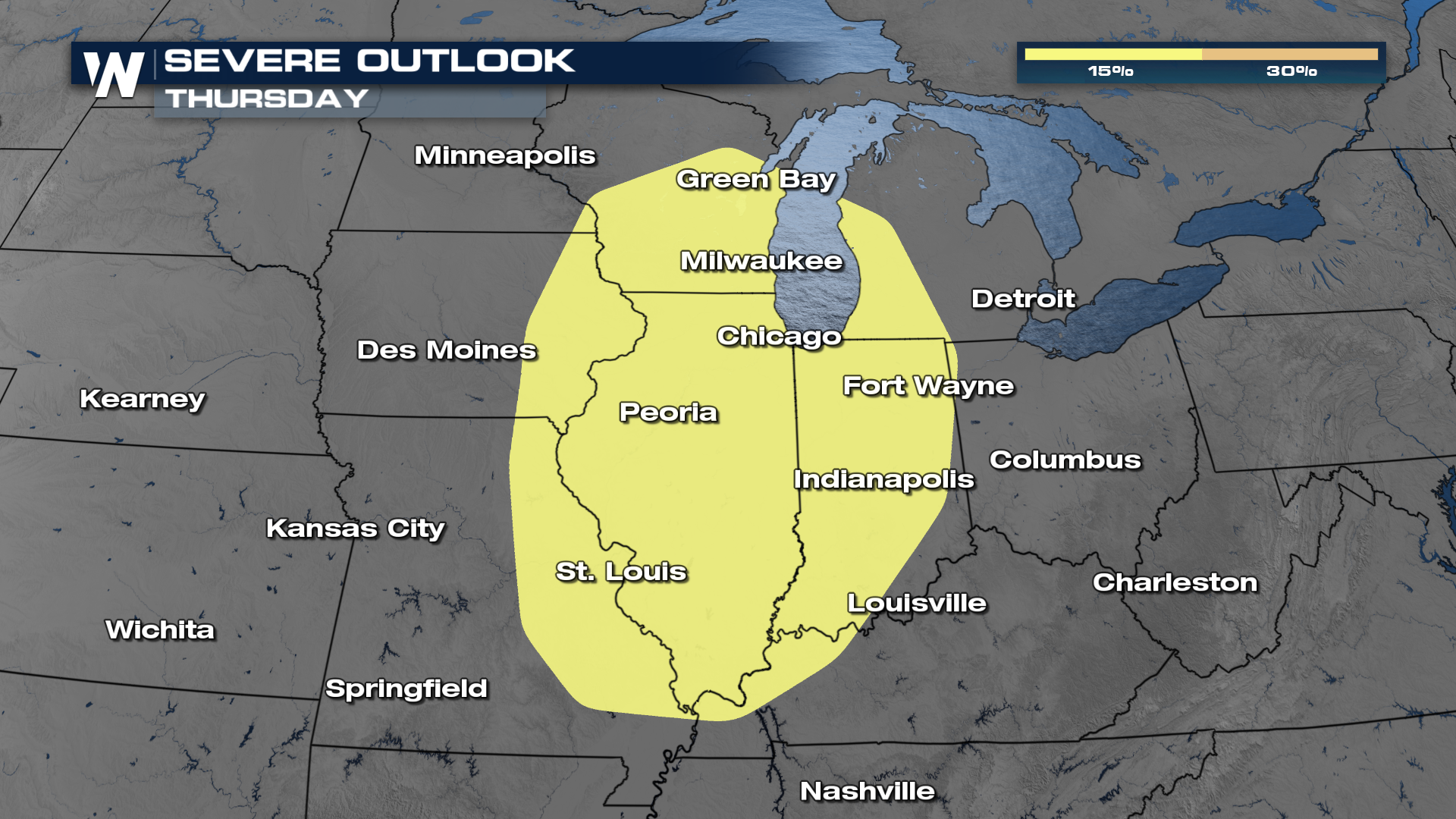As of the latest update, the nation has grappled with a staggering 23 separate incidents, each causing a minimum of $1 billion in damages.
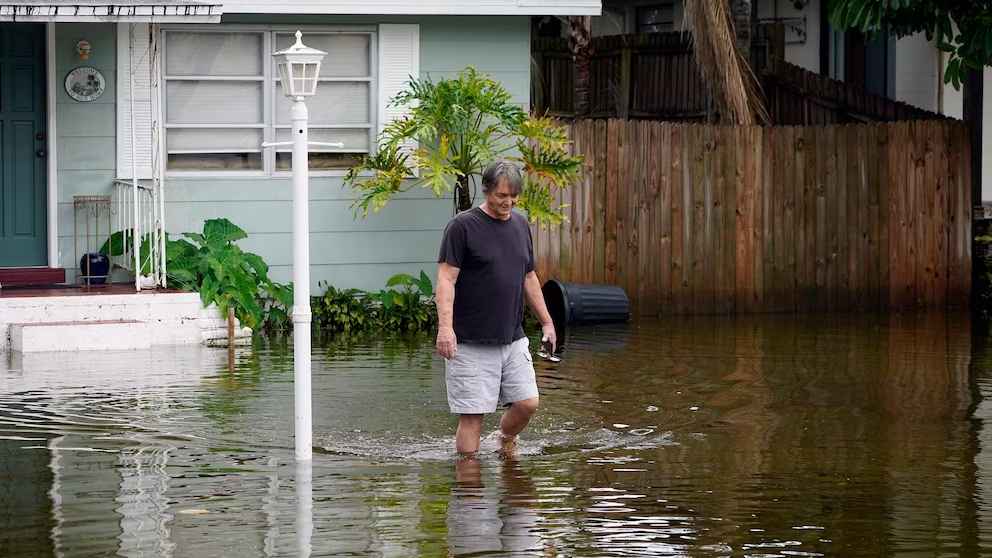
The National Oceanic and Atmospheric Administration, has revealed that the United States is experiencing an unprecedented surge in weather and climate disasters
This alarming figure surpasses the previous record of 22 disasters set in 2020. National Oceanic and Atmospheric Administration (NOAA) emphasized that these distressing statistics are indicative of an escalating trend in costly calamities, many of which bear the unmistakable signature of climate change. Rachel Cletus from the Union of Concerned Scientists echoed these concerns, noting that these records are particularly disconcerting in a year that is poised to become one of the hottest on record.
Tragically, over 250 lives have been lost in these disasters, with the cumulative cost exceeding a staggering $57.6 billion. Notably, these figures do not encompass the impacts of Hurricane Hilary, which affected parts of California and the Southwest in August; assessments for this event are still underway, according to the National Oceanic and Atmospheric Administration (NOAA).
Among the 23 events documented by the National Oceanic and Atmospheric Administration (NOAA), 18 were severe weather events, ranging from hail storms to tornadoes
Additionally, there were two flooding events, one tropical cyclone (Hurricane Idalia), one wildfire event, and one winter storm event, according to the National Oceanic and Atmospheric Administration. Over the last five years, the U.S. has averaged a staggering 18 billion-dollar disasters annually, compared to the historical average of 8.1 from 1980 to 2022. Since 1980, the U.S. has endured a total of 371 weather and climate disasters, incurring costs exceeding $1 billion (adjusted for inflation to 2023), totaling over $2.615 trillion. The costliest year was 2017, due to wildfires in California and Hurricanes Harvey, Irma, and Maria, which collectively led to $383 billion in damages.
Louisiana, Texas, Florida, New Mexico, Washington, Oregon, and Mississippi experienced some of the hottest summers on record, particularly Louisiana, which endured its hottest summer ever recorded. National Oceanic and Atmospheric Administration (NOAA), whose data extends back to 1880, defines summer as June, July, and August. Across the contiguous U.S., the average temperature for this meteorological summer was 73.0 degrees, 1.6 degrees above the historical average, ranking as the 15th-hottest summer on record.
READ ALSO: Category 3 Hurricane Lee Maintains Strength Far From Land
